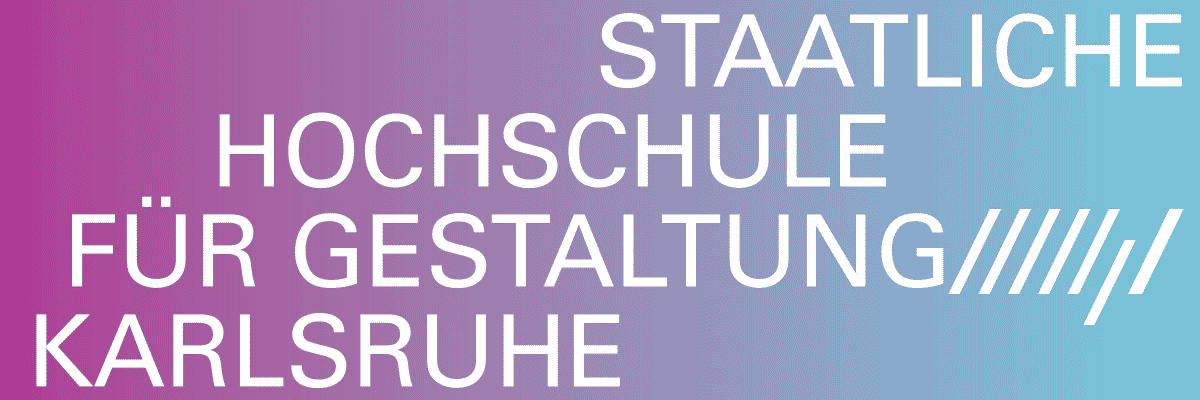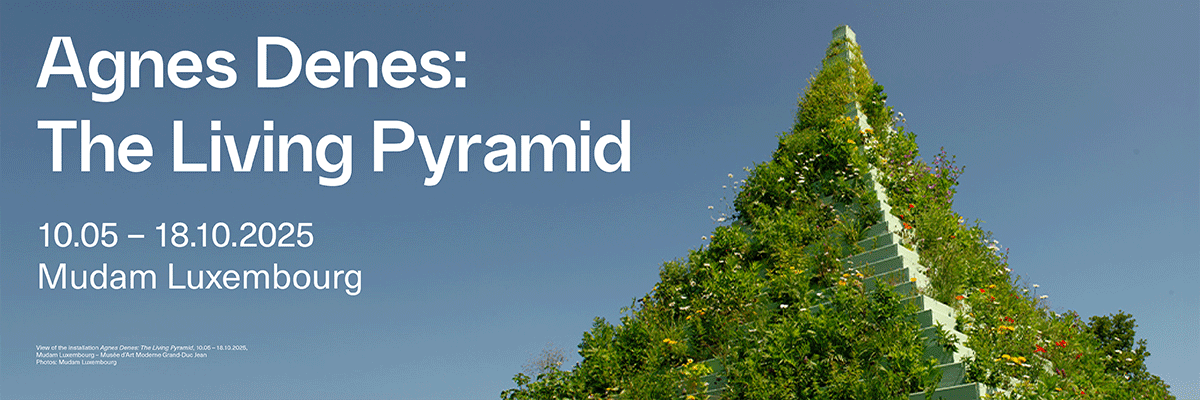
KRIWET
KRIWET
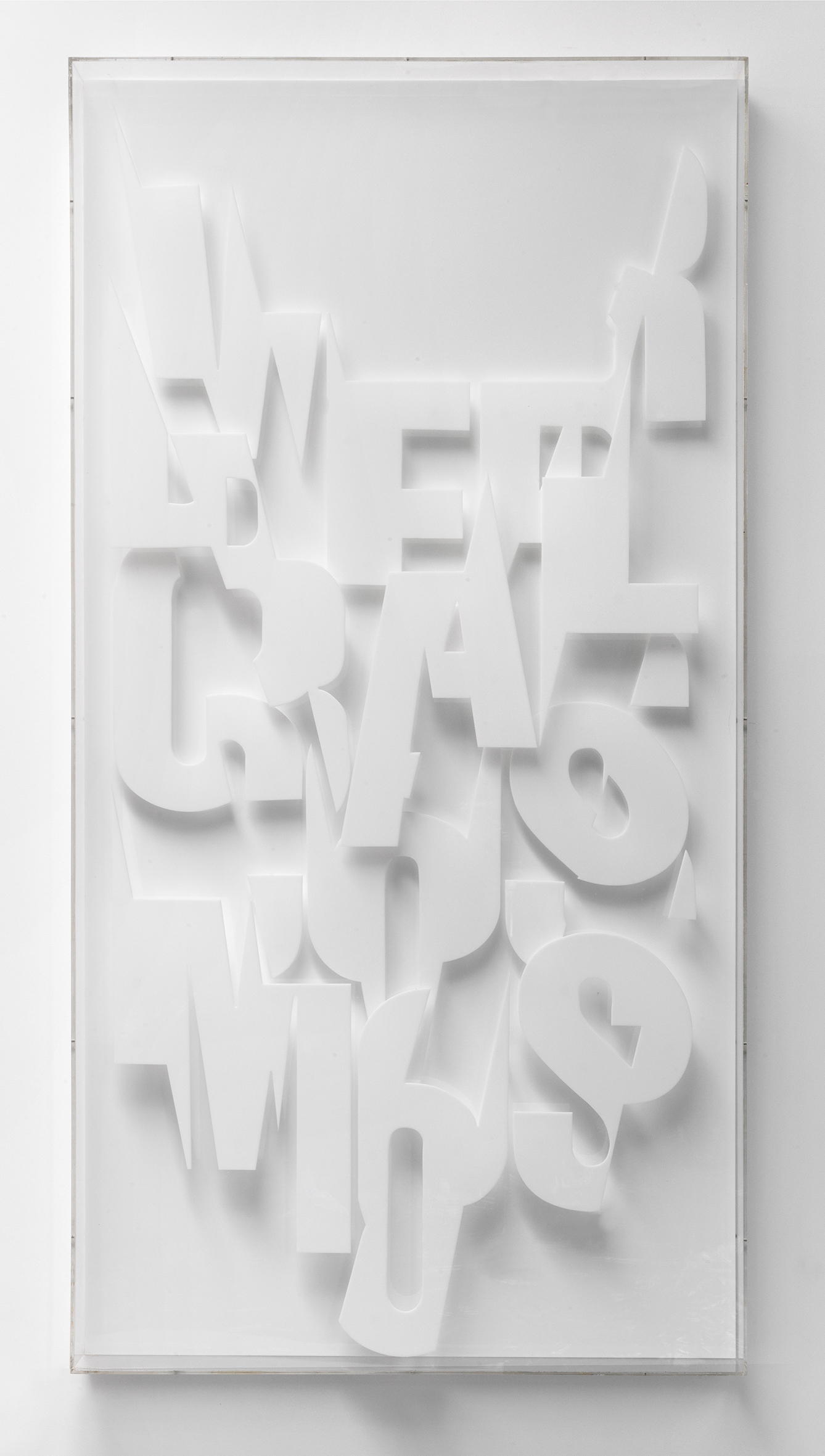
KRIWET “Plexiglas-Text“, 1975, Plexiglas, steel, 203,2 x 103,5 x 14,7 cm. Courtesy BQ, Berlin; photo BQ, Berlin.
Advertisement
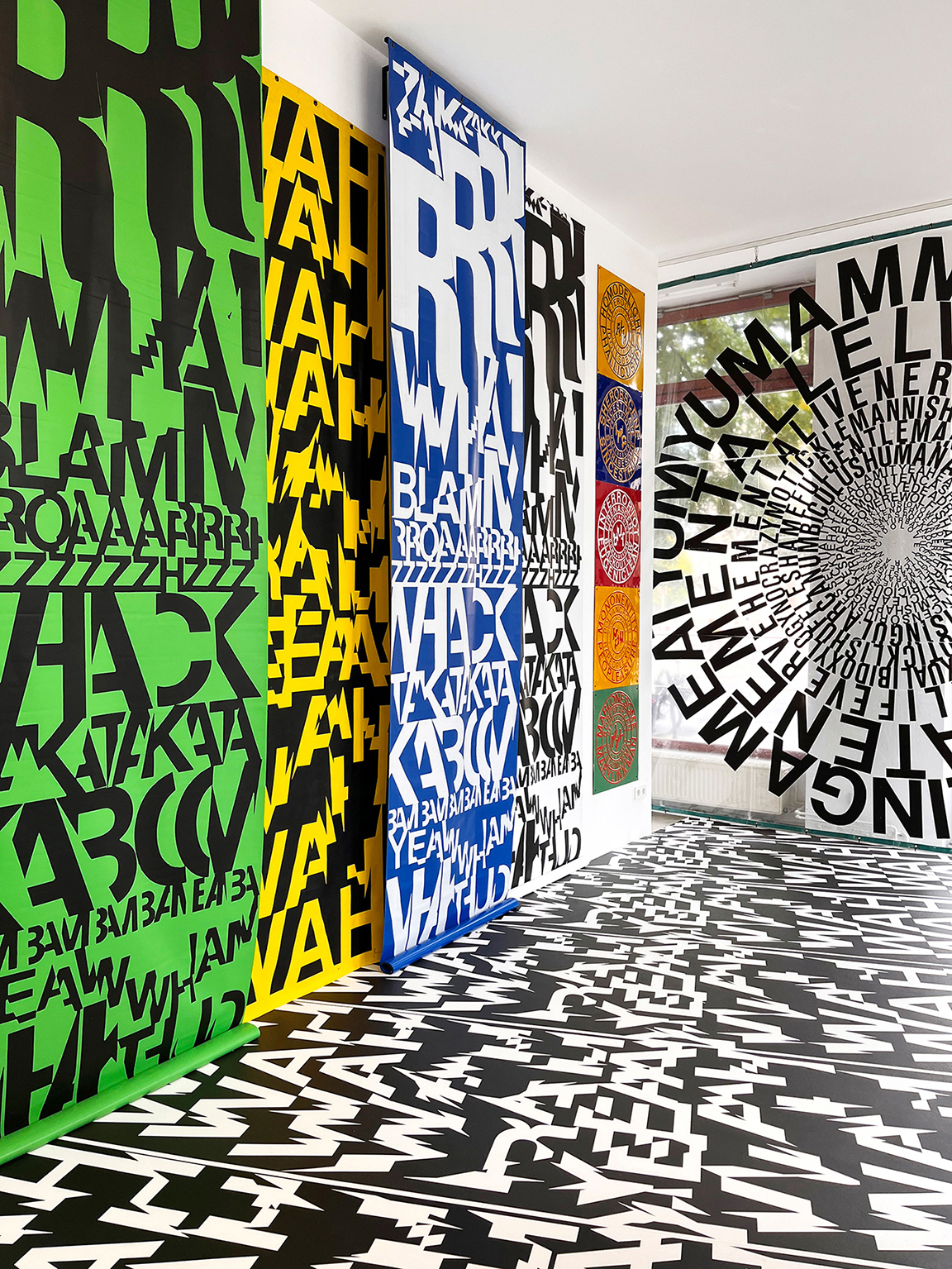
Installation view „KRIWET“ BQ, Berlin, 2022. Courtesy BQ, Berlin; photo BQ, Berlin.
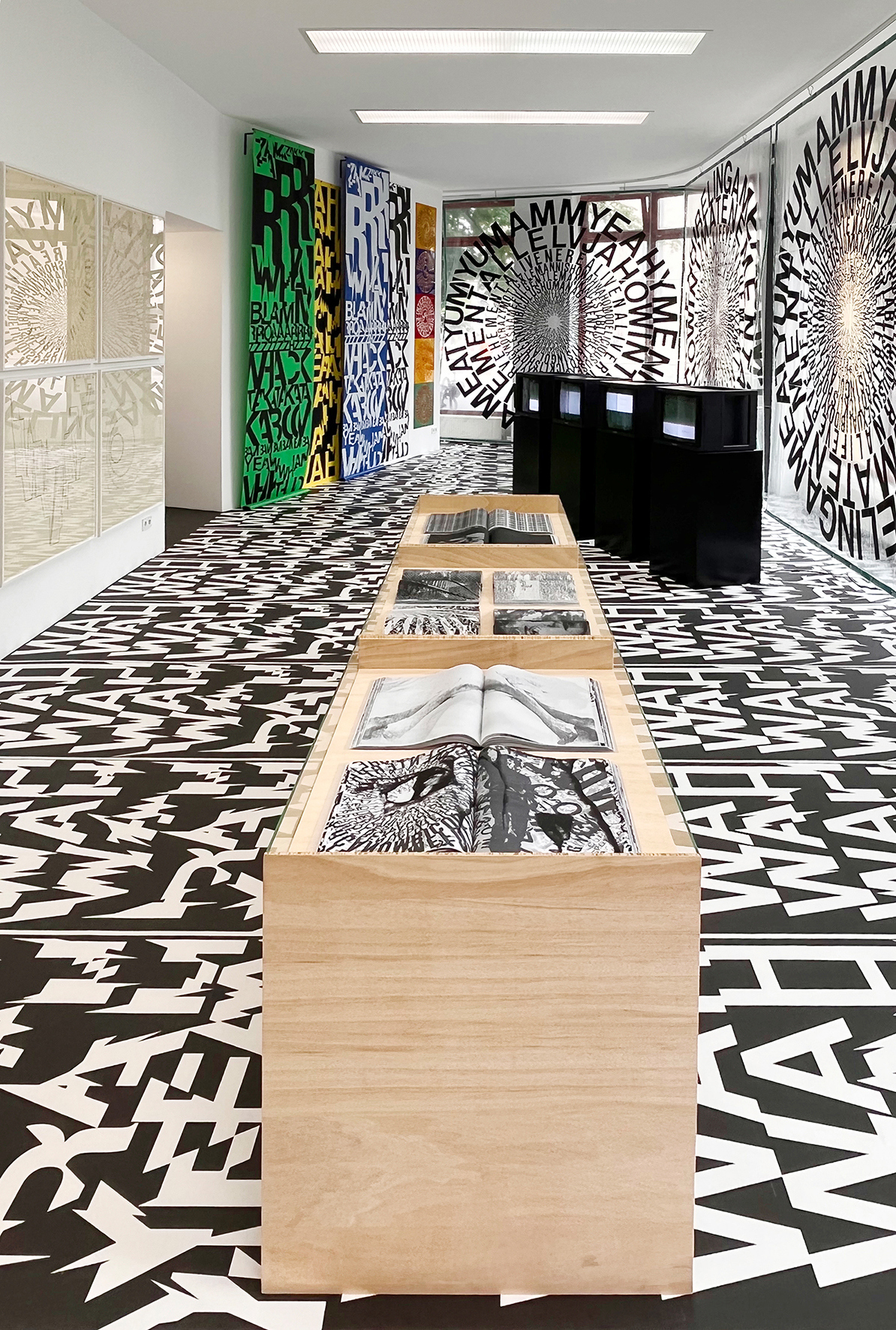
Installation view „KRIWET“ BQ, Berlin, 2022. Courtesy BQ, Berlin; photo BQ, Berlin.
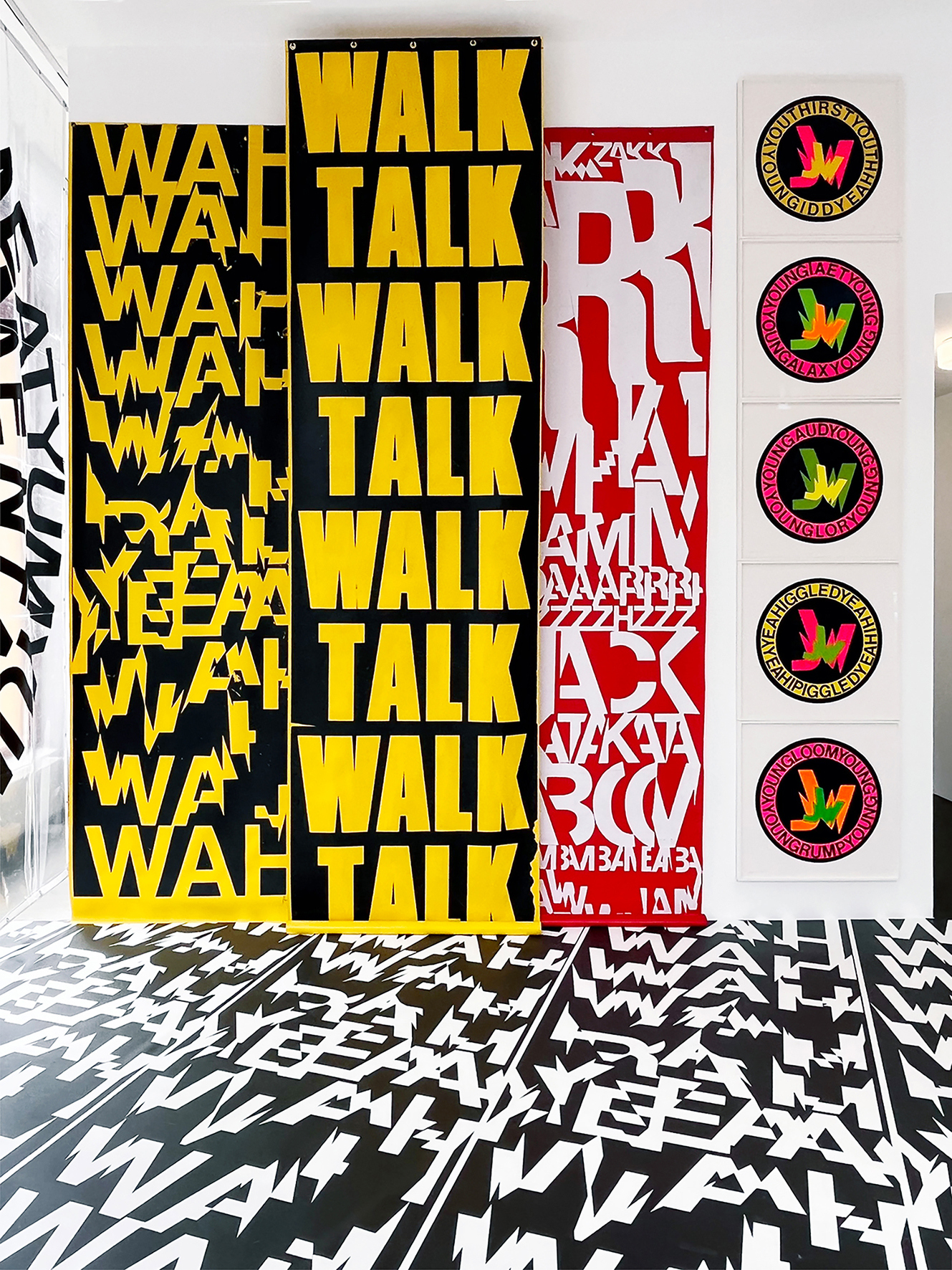
Installation view „KRIWET“ BQ, Berlin, 2022. Courtesy BQ, Berlin; photo BQ, Berlin.
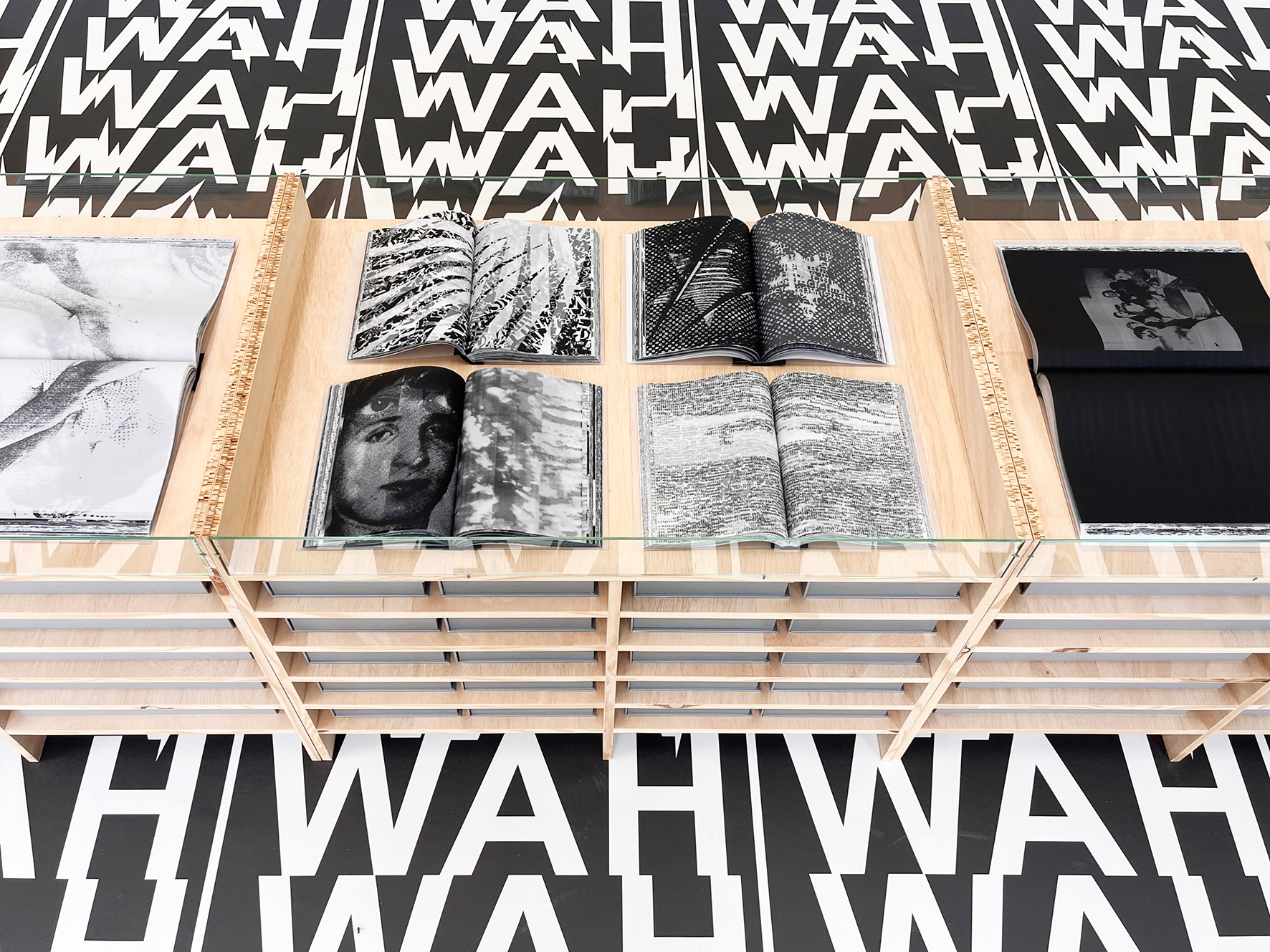
Installation view „KRIWET“ BQ, Berlin, 2022. Courtesy BQ, Berlin; photo BQ, Berlin.
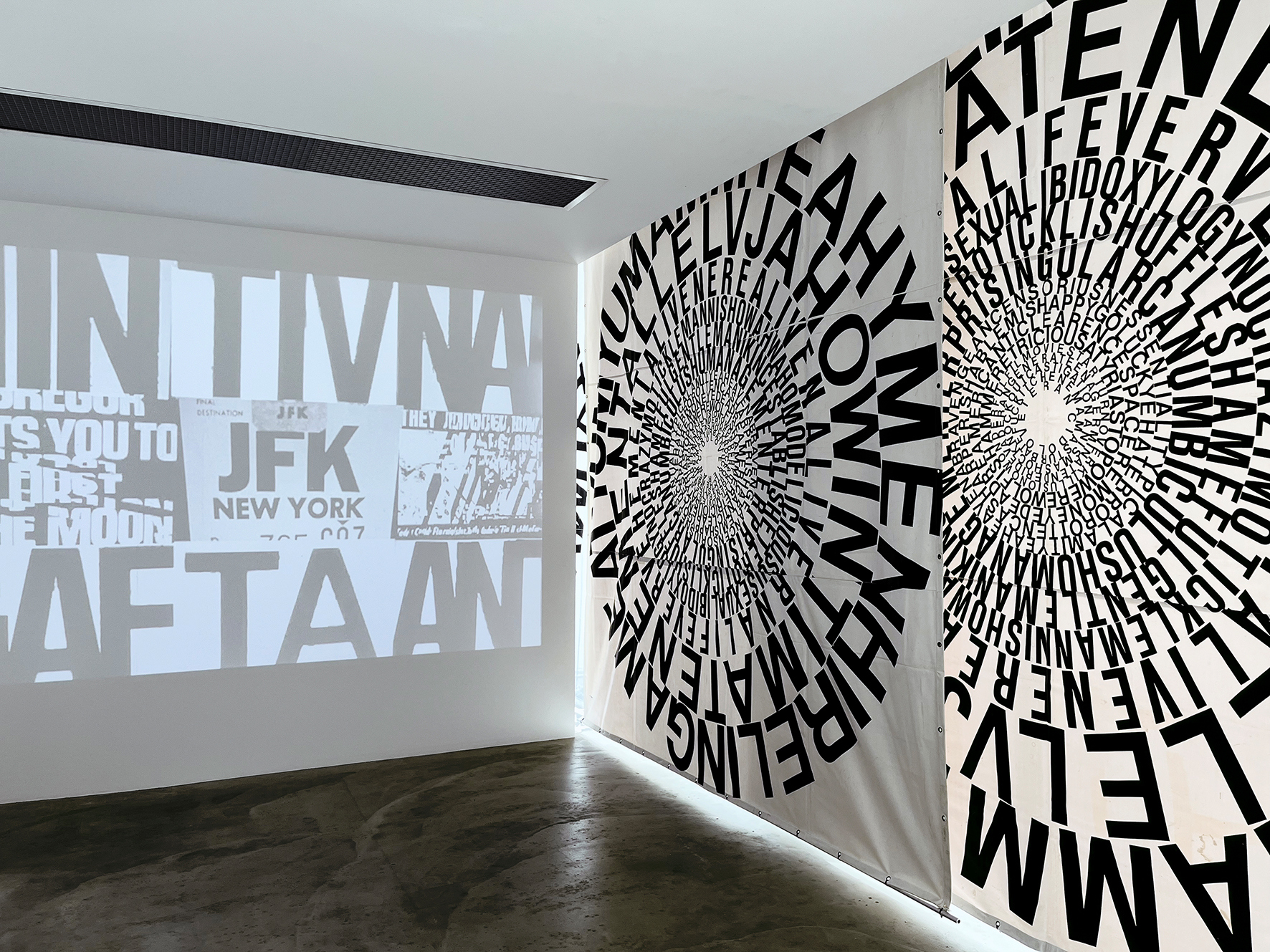
Installation view „KRIWET“ BQ, Berlin, 2022. Courtesy BQ, Berlin; photo BQ, Berlin.
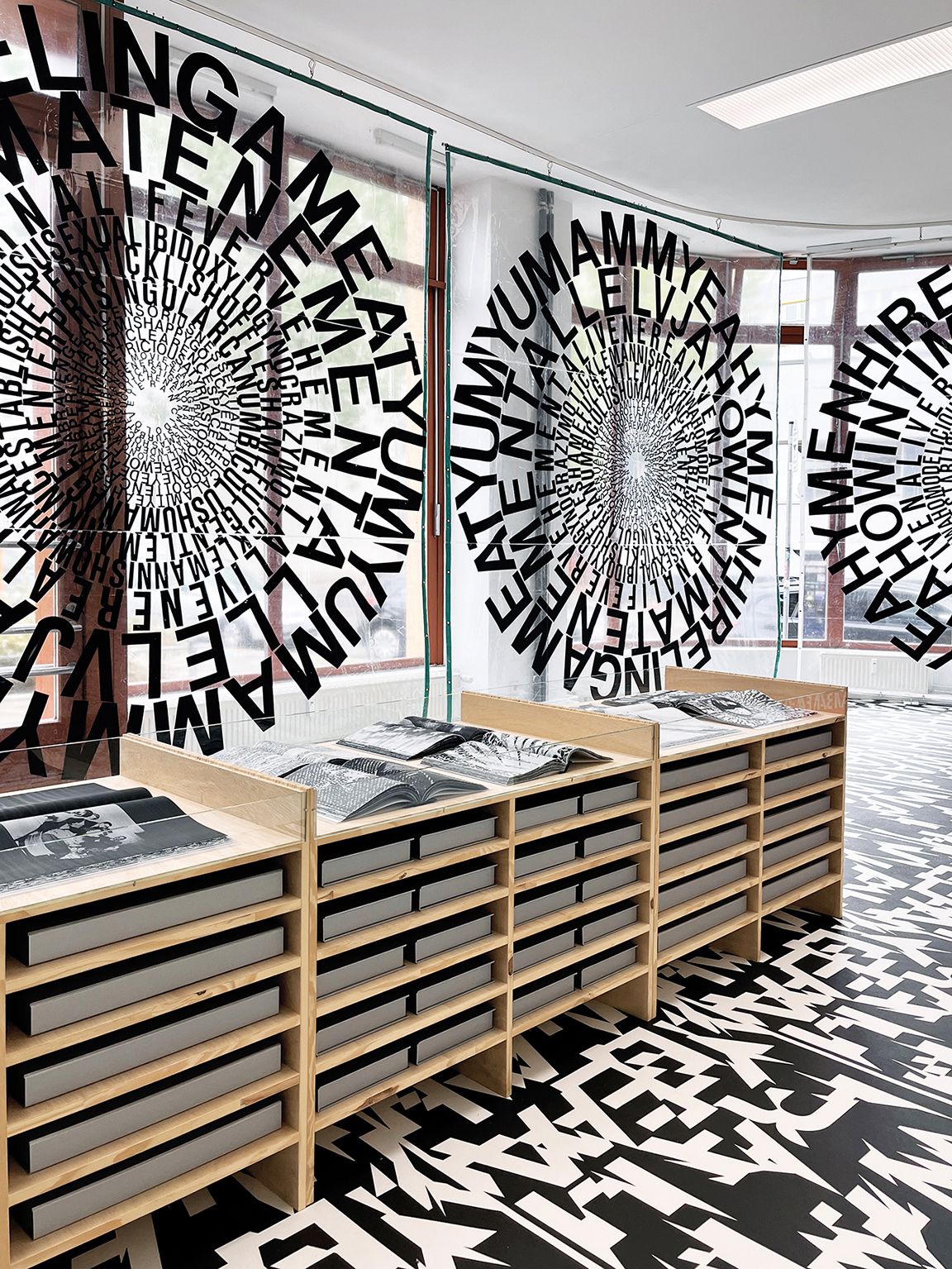
Installation view „KRIWET“ BQ, Berlin, 2022. Courtesy BQ, Berlin; photo BQ, Berlin.
On 3 August 2022, Ferdinand Kriwet would have turned 80. We are taking this anniversary as an occasion to present works from the 1960s until today in the sixth exhibition dedicated to KRIWET at BQ.
KRIWET (1942 – 2018) started his career in 1961 when he published “Rotor”, a piece of literature completely written in lower case and without any punctuation marks or blanks. Rather than exploring the paradigmatic construction principles of meaning, the work considers language as merely visual and phonetic material. Being one of the first artists later referred to as multi-media artists, KRIWET began to transfer these practices of Concrete Poetry into other media in the 1960s and 1970s: he produced sound collages and film montages, created serial graphic reproduction art and printed linguistic fragments and neologisms onto sheet metal and tarpaulins, and distributed his creations by using the mechanism of print media and printed advertising, the jargon of which he satirised at the same time; his “Poem Paintings” from these decades are linguistic images painted on large-formatted canvases. The common ground of all these works is the artist’s concentration on the materiality of language, beyond its representative function as a carrier of meaning of one clearly determined signified.
The current exhibition combines earlier works of the artist, such as the comic strips, text signs, plexiglas texts and video montages, alongside important late works such as the TRANS-SCRIPT book containers. In the years between 2005 and 2007, KRIWET produced 80 unique handmade books of several 100 pages each on a black and white xerox machine. Using stencils and grids, he altered, inverted, and blew up various photocopied images. Among them were city maps, earlier texts and art works, photographs of friends and of architecture as well as documents from the past and the present on laser film and parchment paper. Bound into books and stored in three wooden containers, these materials form an archive of his artistic oeuvre and a profound biographical record in text and image form, which is based on the principles of layering, fragmentation and innovation. The containers are the ultimate space of the artistic-mnemonic mind and the books form a room within this space.
Inspired by the TRANS-SCRIPT book containers, the comprehensive presentation on the walls, floors and in front of the windows of the gallery space focusses on installation and spatial dimensions in KRIWET’s body of work. All works demonstrate a close relationship to public space and especially to the spaces behind or between the media. MITMEDIEN-TABLEAU, a blueprint of his mixed-media environments, illustrates an all-encompassing artistic practice that expands across the entire exhibition space by means of film, sculpture, slide projections, sound and walls filled with text. Thus, the presentation targets the way in which visitors perceive space. In KRIWET’s ‘Verbal Cosmos’, visitors move with the rhythm of repetitive text relays. It is the opening towards an inter-media space, something that first appears in his book ‘Rotor’ as a new form of rotating writing without beginning or end, which over the years has developed into an artistic freedom from any kind of linearity.
